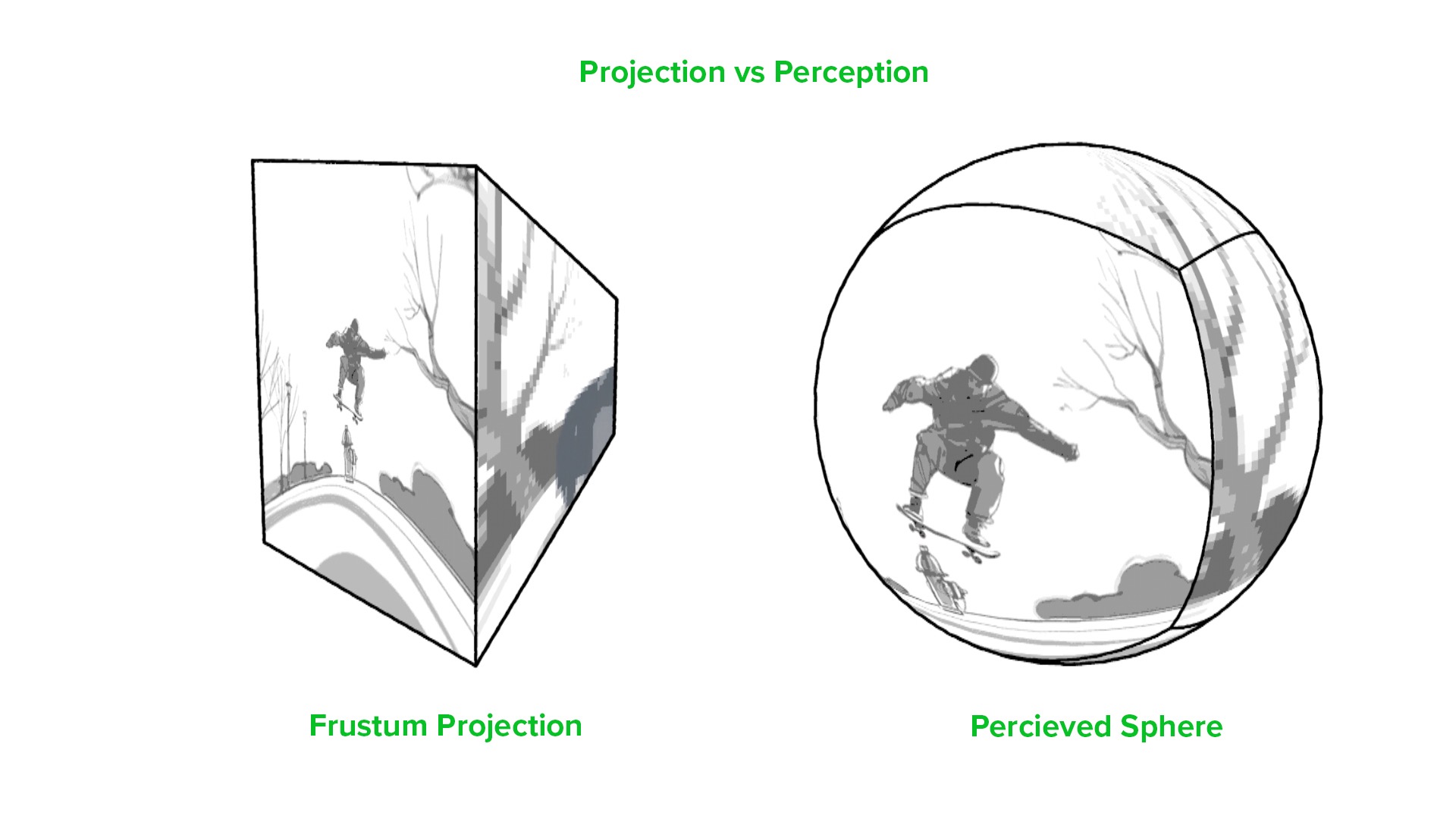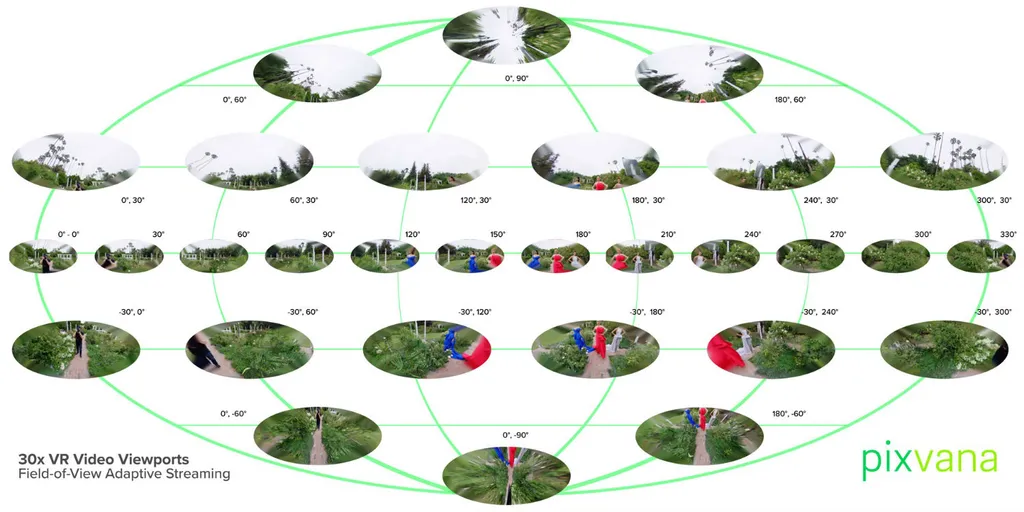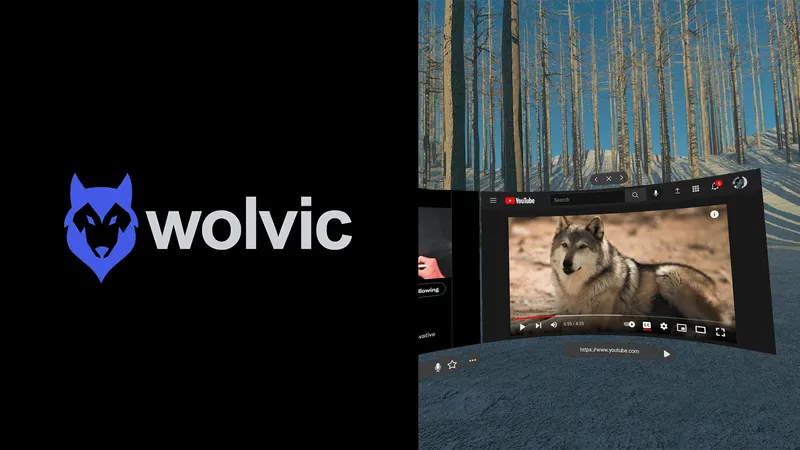Producing 360-degree video content is incredibly easy now, with new cameras like the Gear 360 on the market. Getting these panoramic videos distributed to people around the world, though, is causing companies across the entire industry to completely rethink the way they stream video.
A post by Facebook earlier this year outlined the problem with streaming VR: “The maximum visual resolution in the GearVR…is 6K — and that’s just for one eye. A 6K stereo video at 60 fps is roughly 20x larger than a full HD video, with an average bit rate of 245 Mbps. However, most mobile hardware can play only 4K video.”
In other words, there’s an incredible amount of data contained within some of the highest resolution 360-degree video files, so companies like Facebook and Google need to intelligently push that detail out to VR headsets so people don’t have to wait for long downloads or look at faces with unrecognizable features. Adaptive streaming, outlined in the link above, was Facebook’s immediate answer — it only streams where you’re actually looking at any given moment. We’ve also now heard from Seattle-based Pixvana, which is developing more efficient streaming techniques too that can be hosted on Amazon’s cloud rather than Facebook’s.
 “We are huge believers/proponents of immersive 360 films, and along with Facebook are working on techniques that will greatly improve the experience,” wrote Forest Key, the CEO of VR startup Pixvana, in an email. “In our case, we are proposing a general method for addressing, which we call Field of View Adaptive Streaming…our industry needs to start to speak to this notion/variation in needs that are specific to VR video delivery.”
“We are huge believers/proponents of immersive 360 films, and along with Facebook are working on techniques that will greatly improve the experience,” wrote Forest Key, the CEO of VR startup Pixvana, in an email. “In our case, we are proposing a general method for addressing, which we call Field of View Adaptive Streaming…our industry needs to start to speak to this notion/variation in needs that are specific to VR video delivery.”
How exactly Pixvana does this is of high interest to anybody involved in 360-degree videos, and luckily they’ve made a video (check it out above) which does a great job of explaining a very dense subject. Essentially, when a person turns their head, it switches to a version of the video file optimized for that particular view.
“What we are solving is a general method to bring this Field of View Adaptive Streaming to the broader market, and we aim to work with standards bodies and content publishers to define best practices in this regard,” wrote Key. “Our solution is a general approach for cross-platform HMD and app publishing, and we are in discussion with numerous large media companies about using our system for improving quality/efficiency of video within their branded apps/channels.”


























